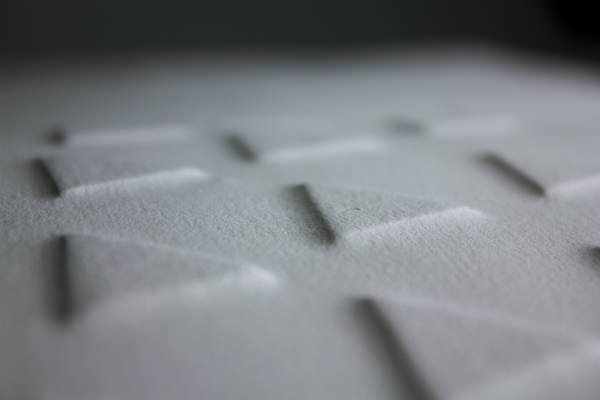11 Ways Print Design Trumps Web Design
Print’s demise has been greatly overstated. Despite the advancements in web design, certain aspects of print media like flyers, presentation folders, and brochures offer unique advantages that digital platforms are yet to fully emulate.
It’s not a competition, though. Print and web design each have their strengths and are most effective when used together to forge a powerful brand identity. So, think twice before shifting entirely to digital; print still has a significant role to play.
Read Also: Promoting Yourself Via Print: Ideas, Tips And Examples
Print media, at its best, can enhance your online presence. With innovations like QR codes and NFC technology, print can directly connect your audience to your digital content. Here are 11 capabilities unique to print design that web design hasn’t mastered yet.
1. Creative Canvas Shapes
Your web design is bound by the rectangular constraints of screens, but print media isn’t. It can be crafted into almost any shape, offering a world of creative possibilities that can make your material truly stand out.

2. Tactile Experience
The tangible nature of print designs means they can stimulate the sense of touch, creating a memorable connection with the user. Techniques like embossing and quality materials can leave a lasting impression.

Adding physical features like embossing, die cutting, and spot coating can make your print materials engaging and memorable.
3. Engaging Visual Effects
Print allows for special effects like glossy spot coatings and metallic inks, creating a visual appeal that screens can’t replicate. These elements can catch the light and the eye, adding a luxurious feel to your design.

4. Universal Accessibility
While web content requires technology and connectivity, print is universally accessible. Anyone can pick up and engage with print media anytime, anywhere, ensuring your message reaches a wider audience without technological barriers.
Print’s inherent accessibility means it can connect with audiences in situations where digital devices might not be available, making it an essential tool for comprehensive outreach.
5. Guaranteed Visual Integrity
Web designs might vary dramatically across different devices and browsers, affecting how your content is perceived. Factors like color calibration and browser choice can significantly alter the appearance of your design online.

Print, on the other hand, ensures consistency. Each copy is produced with the same materials and quality checks, ensuring your design maintains its intended impact and visual integrity from one print to the next.
6. Tangible Presence
Web content is easy to dismiss with a click, but print media demands physical interaction. In an era increasingly conscious about waste, printed materials are less likely to be discarded and more likely to be noticed and retained in homes, offices, and public spaces.
Print’s physicality means it can capture attention at opportune moments, often when digital distractions are not as prevalent, allowing your message to resonate more deeply.
7. Authentic 3D Impact
While web designs are confined to two dimensions, print media exists in the tangible world, offering genuine 3D design possibilities. Techniques like embossing bring elements of the design to life, offering a tactile and visual experience that flat screens can’t replicate.

This physical dimensionality of print media creates a more immersive and interactive experience, making your design literally stand out.
8. Easier on the Eyes
Many people find reading on paper less straining than on a backlit screen, which can lead to eye fatigue and other health concerns. Print offers a more comfortable reading experience, especially for longer texts, making it a preferred choice for detailed content.
Even if the perceived comfort is subjective, the preference for print can lead to more engaged reading and a better overall reception of your message.
9. Streamlined Information Scanning
Web designs are constrained by screen sizes, making comprehensive navigation crucial yet challenging. This limitation affects how much information users can view and process at a glance.
Print media, however, presents its content all at once, allowing readers to quickly scan and locate the information they’re seeking without the need for scrolling or clicking through links.
10. Inherent Credibility
The internet is awash with sites of varying quality and intentions, including many that are less than trustworthy. This reality can sometimes undermine the perceived authority of web content.
Print media, by contrast, often carries an inherent sense of credibility. The tangible investment in its production-through time, effort, and resources-tends to convey a more serious and legitimate endeavor, enhancing the audience’s trust in the content.
11. Interactivity with a Personal Touch
Print media invites an interactive experience that digital platforms struggle to replicate: the ability to write directly on the material. From jotting down notes to highlighting important details, this interaction fosters a more personal connection with the content.

While digital tools offer similar functionalities, they lack the immediacy and ease of simply making a note with a pen. This tactile interaction can enhance retention and foster a deeper sense of familiarity and trust with the printed material.